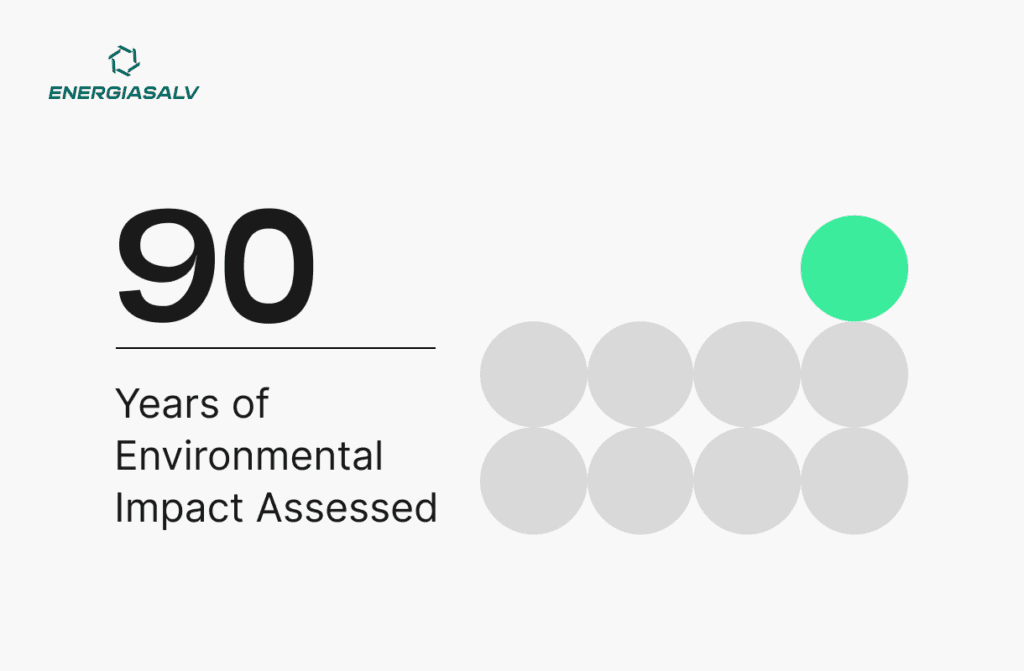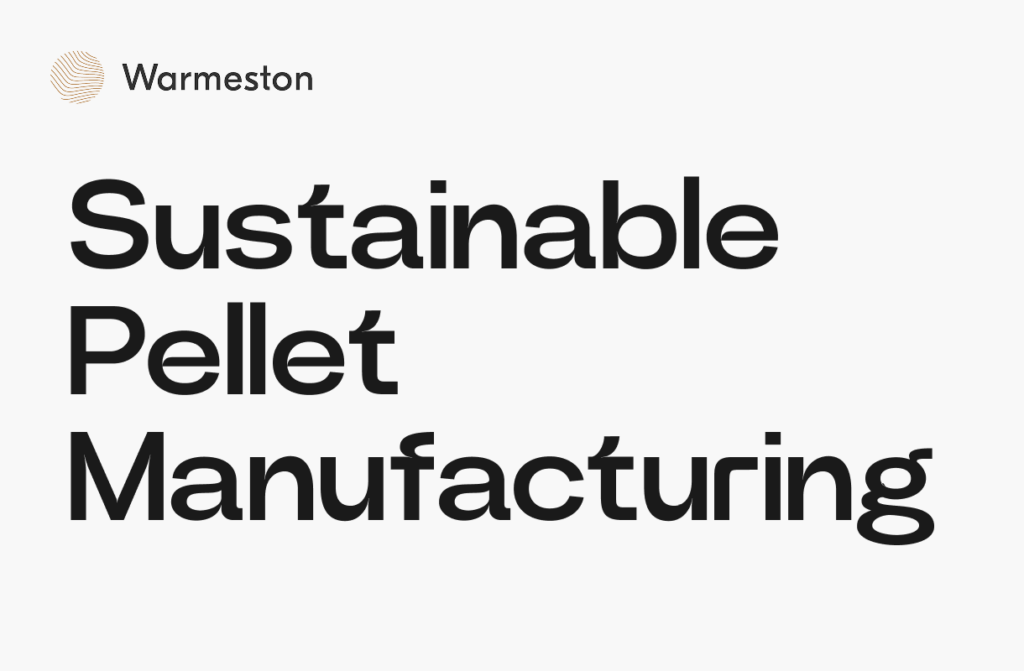Company’s carbon footprint assessment and LCA for ventilation solutions producer
Our client specialises in complete ventilation solutions and operates in Estonia, Finland and Sweden. They wanted to conduct an analysis of their carbon footprint to better manage their climate impact with data-driven techniques. That involved quantifying their emissions and establishing a clear baseline for planning, measuring, and reporting their sustainability actions in the future.
The client has requested further assessments to be conducted in order to develop an environmental product declaration (EPD) for a specific product. The EPD will allow them to evaluate the product’s environmental performance from a life cycle perspective and communicate its environmental impact to various stakeholders.
The company’s complex activities and resource-intensive production made the assessment challenging; however, the desired results were achieved through close cooperation with company representatives.
The essence of the project:
We performed the carbon footprint assessment for all the company’s units for 2020 and 2021 and calculated the climate impact based on the GHG Protocol standards. It is an internationally recognised methodology for assessing an organisation’s climate impact, following life cycle assessment (LCA) principles. The GHG Protocol considers all essential greenhouse gases (GHG) mentioned in the Kyoto Protocol. According to this methodology, the impact of an organisation’s activities is divided into three scopes, all of which were taken into account during the company’s carbon footprint assessment.
We collected information for the carbon footprint assessment on the company’s main processes and resources. We also conducted an online survey to gather data on employees’ daily commutes.
To assess the EPD, we identified the amount of resources needed for the production, the processes involved, and the resulting outputs of the company. We then linked this data to evaluate the impact of the products based on the company’s inputs and processes over a year.
We developed the dynamic Excel-based carbon footprint calculation model specifically for the company, which enables simple modifications and renewal of the organisational carbon footprint assessment.
The EPD was developed following EN 15804+A2 and ISO 14025 / ISO 21930 standard and product category rules (PCR) published by the chosen project operator (Finland), The Building Information Foundation (RTS sr).
Finally, we presented the results of the calculations, remarkable findings and recommendations for future sustainability-related actions to the client.
Services provided:
- Organisational carbon footprint assessment according to GHG Protocol standards
- Life cycle assessment
- Support for obtaining an Environmental Product Declaration
Results:
The project results provide information on the company’s climate impact by GHG scope and production inputs. That enables our client to make decisions regarding future investments in climate impact reduction based on quantified data. As a part of the deliverables, we made recommendations for GHG emission reduction within different emission sources, including suggestions for improvement in data collection.
EPD was verified by a third party and published by The Building Information Foundation (RTS sr) program. That allows the company to provide its customers with standardised and audited data on the product’s environmental impacts.




